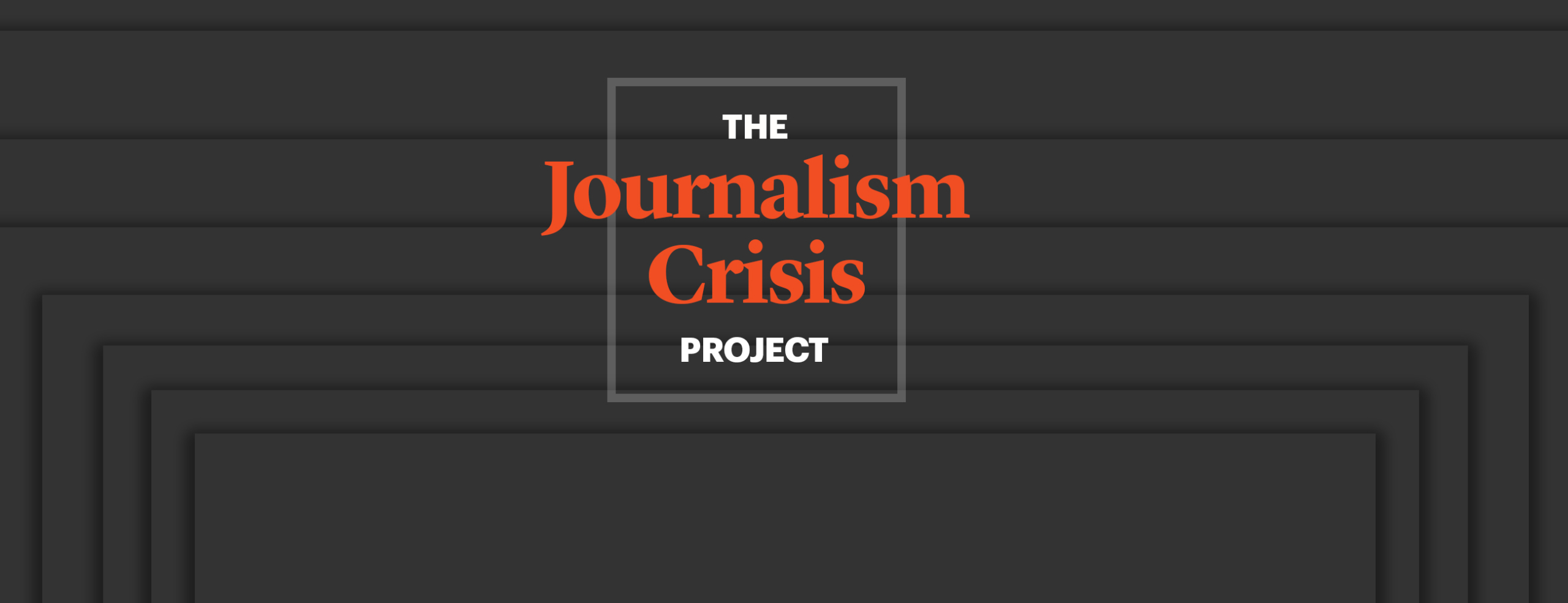Sign up for the daily CJR newsletter.
For years, we’ve watched local journalism efforts wither and news deserts form, leaving a growing list of critical stories uncovered. We’ve chronicled those losses, and chewed them over in conferences and white papers too numerous to mention. Yet inertia reigned—partly because the problem, in its scale and financial depth, seemed nearly unfixable.
Now, we may have finally arrived at a moment of reckoning with the problem. The two giant, intertwined stories of this spring—the coronavirus pandemic and the uprisings across the country in response to police brutality and killings of Black people—have provided the kind of dramatic illustration of the need for local news that could, finally, move us out the talk phase.
Throughout the health crisis, local reporters have chased answers to fundamental questions— where the virus is surging, which hospitals are filling to capacity, what school-district rules were changing—that proved to be, quite literally, matters of life and death. So, too, with police violence, where urgent, on-the-ground accountability reporting—to challenge official narratives, monitor the status of internal investigations, and surface the track records of local prosecutors—gave important context to civil-rights protests in the streets.
That it took two such massive disruptions to finally focus attention on the local-news crisis speaks to its complexity, but that focus is now here. Funders, legacy news organizations, academics, and others see a new urgency in addressing a problem that will only be made more clear by this fall’s presidential election and its inevitable fallout. What will voting look like on the ground? Where will campaign money be spent? How will misinformation be countered?
Thinking about how to fix local news means first understanding what we’ve lost. To that end, our two organizations, CJR and the Tow Center for Digital Journalism, both at the Columbia Journalism School, are teaming up to understand the landscape we all seek to reform.
Our work builds on other efforts around the media business, including at the Poynter Institute, whose layoff newsletter has become a grim weekly tally, and Penny Abernathy, the Knight Chair of Journalism and Digital Media Economics at the University of North Carolina, a leading expert on the loss of the local news ecosystem and what that loss means.
Today, CJR and Tow are launching The Journalism Crisis Project, to add to the existing research. Since the economic effects of the coronavirus became clear in March, we’ve been compiling and updating a database on losses throughout journalism—tallying layoffs, furloughs, salary cuts, closings and other effects of the journalism downturn. So far, we’ve tracked more than 700 entries of reported changes at hundreds of publications. We’ll mine trends in the database for a new, weekly email newsletter, which will arrive every week. Our hope is that these efforts, in tandem with our colleagues outside of Columbia, will provide all of us with a baseline of reliable data. From that, we can then begin to understand where we go next.
Such work will inevitably raise difficult questions. Are print newspapers worth saving? Is public rescue money a good idea? What should be the limits of philanthropy? How do we rebuild a diverse industry that finally looks like the country? As tough as such questions will be, they are the first steps towards finally addressing our growing problem—which, as with so many others in the country right now, might finally put our old, damaged status quo to rest.
Has America ever needed a media defender more than now? Help us by joining CJR today.









